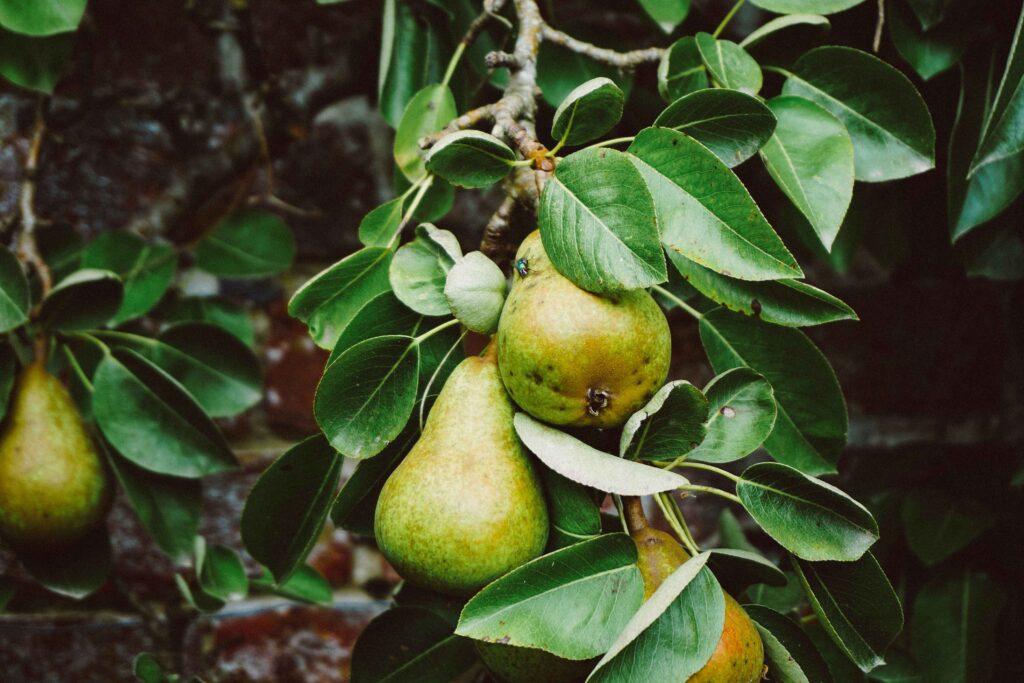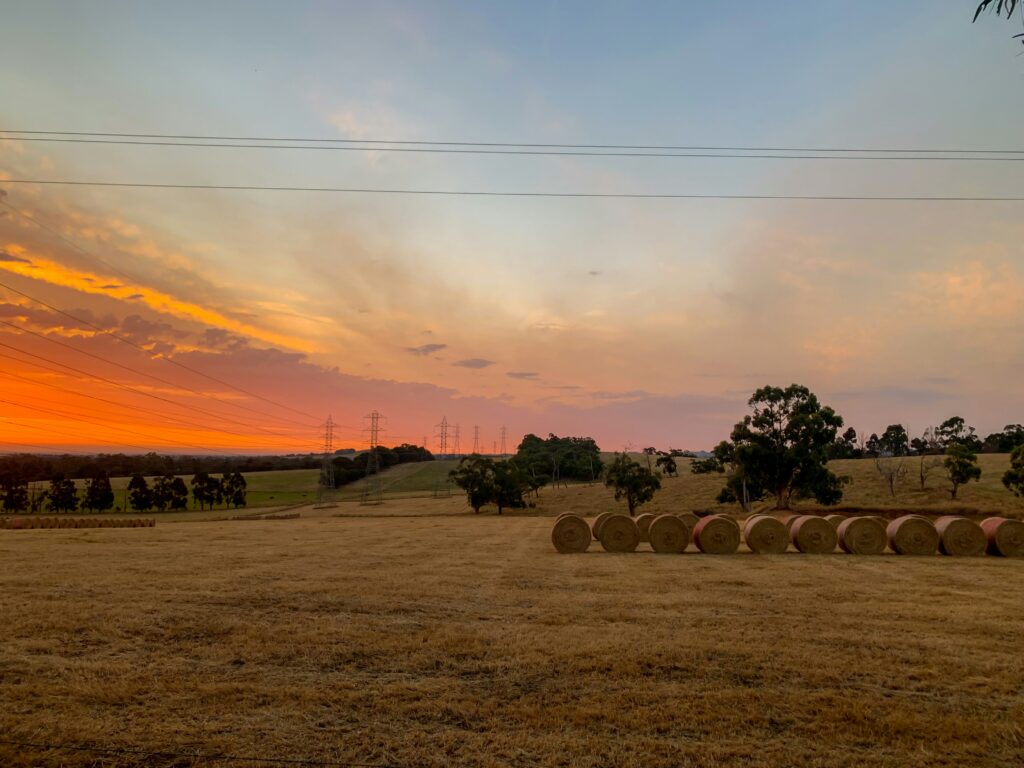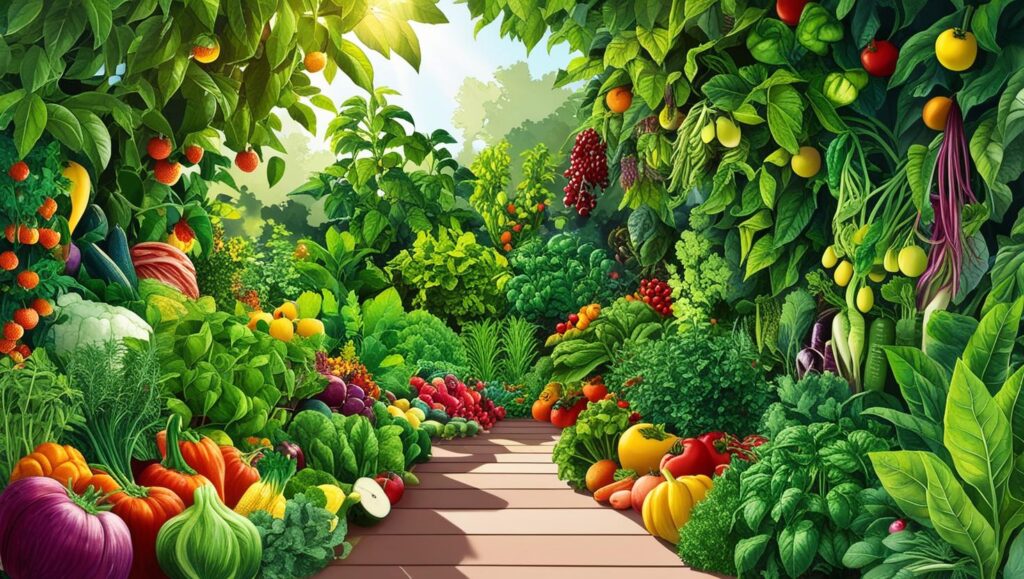Growing fruit trees in Australia’s cool climate regions opens up exciting possibilities that gardeners in warmer zones can only dream of. From crisp apples to succulent stone fruits, cool climate fruit trees thrive in the chillier conditions of Tasmania, southern Victoria, the Adelaide Hills, and higher altitude areas across the continent.
If you’re wondering which varieties will flourish in your cool climate garden, this comprehensive guide covers everything you need to know about selecting, planting, and caring for fruit trees that love the cold.

What Makes Cool Climate Fruit Trees Special?
Cool climate fruit trees are deciduous varieties that require a period of winter chill to fruit properly. This chilling requirement, measured in hours below 7°C, triggers the dormancy break that leads to spring flowering and eventual fruit production. The best varieties to grow in Tasmania are almonds, apples, pears, cherries, and plums. These trees require cooler climates to produce fruit, making them perfect for Australia’s southern regions.
Unlike their tropical cousins, these hardy trees embrace winter’s embrace, using the cold period to reset their biological clock and prepare for another season of abundant harvest.
Top Cool Climate Fruit Trees for Australian Gardens
Apples: The Cool Climate Champions
Apples are undoubtedly the stars of cool climate fruit production. With hundreds of varieties to choose from, you can enjoy fresh fruit from early summer through to late autumn.
Best Cool Climate Apple Varieties:
- Granny Smith: The classic green apple that stores exceptionally well
- Pink Lady: A late-season variety perfect for fresh eating and cooking
- Gala: Early ripening with sweet, crisp flesh
- Fuji: Sweet and juicy with excellent keeping qualities
- Heritage varieties: Consider Sturmer Pippin, Esopus Spitzenburg, or Cornish Gilliflower for unique flavours
Growing Tips: Plant multiple varieties for cross-pollination and extended harvest periods. Dwarf rootstocks are perfect for smaller gardens while still producing full-sized fruit.
Pears: Elegant and Productive
Pears thrive in cool climates and often outlive apple trees, making them excellent long-term investments for your garden.
Recommended Varieties:
- Williams (Bartlett): The classic pear for fresh eating and preserving
- Packham’s Triumph: An Australian-bred variety that stores well
- Josephine de Malines: A late-season European variety with exceptional flavour
- Beurre Bosc: Russet-skinned with dense, sweet flesh
Pro Tip: Harvest pears before they’re fully ripe and allow them to ripen indoors for the best texture and flavour.
Stone Fruits: Summer’s Sweet Rewards
Despite their association with warmer climates, many stone fruits actually prefer cool conditions and produce superior flavour when grown in areas with distinct seasons.
Cherries: Sweet cherries like Bing, Lambert, and Stella varieties excel in cool climates. Sour cherries such as Morello are particularly hardy and perfect for cooking.
Plums: European plums (like Greengage and Coe’s Golden Drop) and Japanese varieties (such as Mariposa and Angeleno) both perform well in cool areas.
Peaches and Nectarines: Peaches, nectarines and apricots are also great options for Tasmanian growers. Choose varieties bred for cooler conditions like Avalon Pride peaches or Arctic varieties.
Specialty Cool Climate Fruits
Quinces: These fragrant fruits are perfect for cool climates and make exceptional preserves and jellies.
Persimmons: Both astringent and non-astringent varieties thrive in cool conditions, providing late-season colour and nutrition.
Medlars: An unusual heritage fruit that’s experiencing a revival among cool climate gardeners.
Almonds: Hardy varieties like All-in-One and Ne Plus Ultra produce well in protected cool climate positions.
Understanding Your Cool Climate Zone
Australia’s cool climate regions include:
- Tasmania: The entire island enjoys ideal conditions for temperate fruit production
- Southern Victoria: Including the Yarra Valley, Mornington Peninsula, and high country areas
- South Australia: Adelaide Hills and Mount Lofty Ranges
- New South Wales: Southern Tablelands and higher altitude areas
- Western Australia: Some elevated inland areas
Each location has microclimates that can affect fruit tree performance, so consider your specific conditions when selecting varieties.
Planning Your Cool Climate Orchard
Site Selection and Soil Preparation
Choose a position that receives at least 6-8 hours of sunlight daily while providing protection from strong winds. Surface soil should be soft and deep with a PH between 5.8 and 6.5. Good drainage is essential – fruit trees hate wet feet. Take a look at our soil testing guide if you’re unsure how to check for this.
Prepare planting areas by:
- Testing and adjusting soil pH if necessary
- Incorporating plenty of organic matter
- Ensuring adequate drainage or creating raised beds
- Planning for mature tree spacing (typically 3-6 metres apart depending on rootstock)
Timing Your Plantings
Deciduous fruit trees (such as pears, apples, nectarines, cherries, peaches and plums) are best planted in winter, especially when they can be planted bare rooted. This allows trees to establish their root systems before spring growth begins.
Winter planting also coincides with nursery availability of bare-root trees, which are often higher quality and more economical than potted specimens.
Essential Care for Cool Climate Fruit Trees
Pruning and Training
Winter is the ideal time for major pruning of deciduous fruit trees. Focus on:
- Removing dead, diseased, or crossing branches
- Opening up the canopy for better light penetration
- Maintaining manageable tree height
- Training young trees to your preferred shape (vase, central leader, or espalier)
Pest and Disease Management
Cool climate conditions can reduce some pest pressures but create ideal conditions for fungal diseases. Common issues include:
- Apple scab: Prevented with good air circulation and fungicidal sprays
- Brown rot: Affects stone fruits; remove infected fruit promptly
- Codling moth: Use pheromone traps and appropriate timing of organic sprays
- Scale insects: More problematic in sheltered positions
Fertilising and Mulching
Feed fruit trees annually with:
- Well-aged compost or manure in late winter
- Balanced organic fertilisers as growth begins
- Additional potassium during fruit development
Apply organic mulch around trees but keep it away from the trunk to prevent pest harbourage and collar rot.
Maximising Your Harvest
Pollination Considerations
Many fruit trees require cross-pollination from compatible varieties. Plant at least two different varieties that flower simultaneously, or consider multi-grafted trees that have several varieties on one rootstock.
Fruit Thinning
Remove excess fruit when they’re marble-sized to:
- Prevent branch breakage from overloading
- Improve remaining fruit size and quality
- Reduce biennial bearing tendencies
- Maintain tree health
Harvest Timing
Cool climate conditions often extend the growing season, allowing fruit to develop complex flavours. Learn the optimal harvest indicators for each variety – some are best picked early and ripened off the tree, while others must fully ripen on the branch.
Storage and Preservation
One advantage of cool climate fruit growing is the excellent keeping quality of many varieties. Apples and pears can often be stored for months in cool, humid conditions. Consider:
- Building a simple root cellar or cool storage area
- Learning proper storage techniques for different fruits
- Exploring preservation methods like drying, freezing, and jam-making
Getting Started with Cool Climate Fruit Trees
Begin your cool climate orchard with reliable performers like apples and pears, then expand to include stone fruits and specialty varieties as your experience grows. Choose varieties known to perform well in your specific region and climate conditions.
Remember that fruit trees are long-term investments that will reward you with decades of harvests when properly cared for. Start with quality trees from reputable nurseries, prepare your site well, and be patient – most fruit trees take 2-4 years to begin serious production.
Your cool climate advantage allows you to grow some of the world’s finest temperate fruits right in your backyard. With proper planning and care, you’ll soon be enjoying homegrown apples that rival anything from commercial orchards, plus the satisfaction of harvesting your own diverse range of seasonal fruits.
Whether you’re planting a single dwarf apple tree in a suburban garden or establishing a full orchard, cool climate fruit trees offer reliable production, exceptional quality, and the joy of working with plants that truly belong in your environment.


